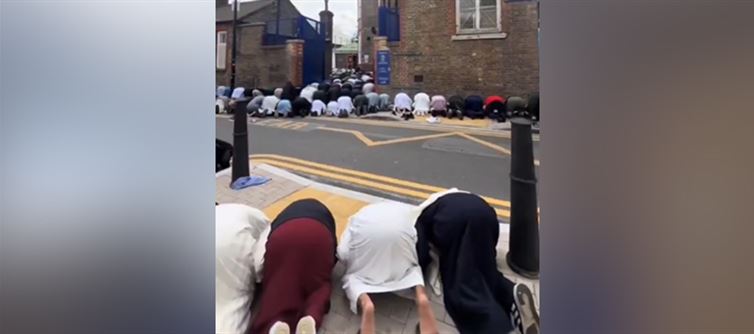
Public prayers or Islamic outreach activities — like distributing Qurans or hosting informational booths — do occur occasionally, just as Christian groups hand out Bibles or street preachers share their messages. These actions fall within the bounds of freedom of expression and religion, both of which are protected in Western democracies. The Muslim call to prayer (adhan) is not broadcast over city-wide loudspeakers in london or New York, as it might be in Muslim-majority countries. When played, it's usually confined to mosques and within legal noise limits. As for "patrols" enforcing religious codes, isolated incidents have been reported over the years — often condemned by the broader Muslim community — but these are not systemic or representative of most Muslims.
Suggesting that cities will become unrecognizable or that Islamic practices will dominate public life plays into fear-based narratives rather than encouraging meaningful discussion about integration, coexistence, and civil rights. The reality in cities like london and New York is far more nuanced. They continue to thrive as centers of pluralism, where people of all faiths — or none — coexist with rights and responsibilities under the law. Promoting exaggerated fears risks undermining the very values of liberty and tolerance that define open societies.




 click and follow Indiaherald WhatsApp channel
click and follow Indiaherald WhatsApp channel